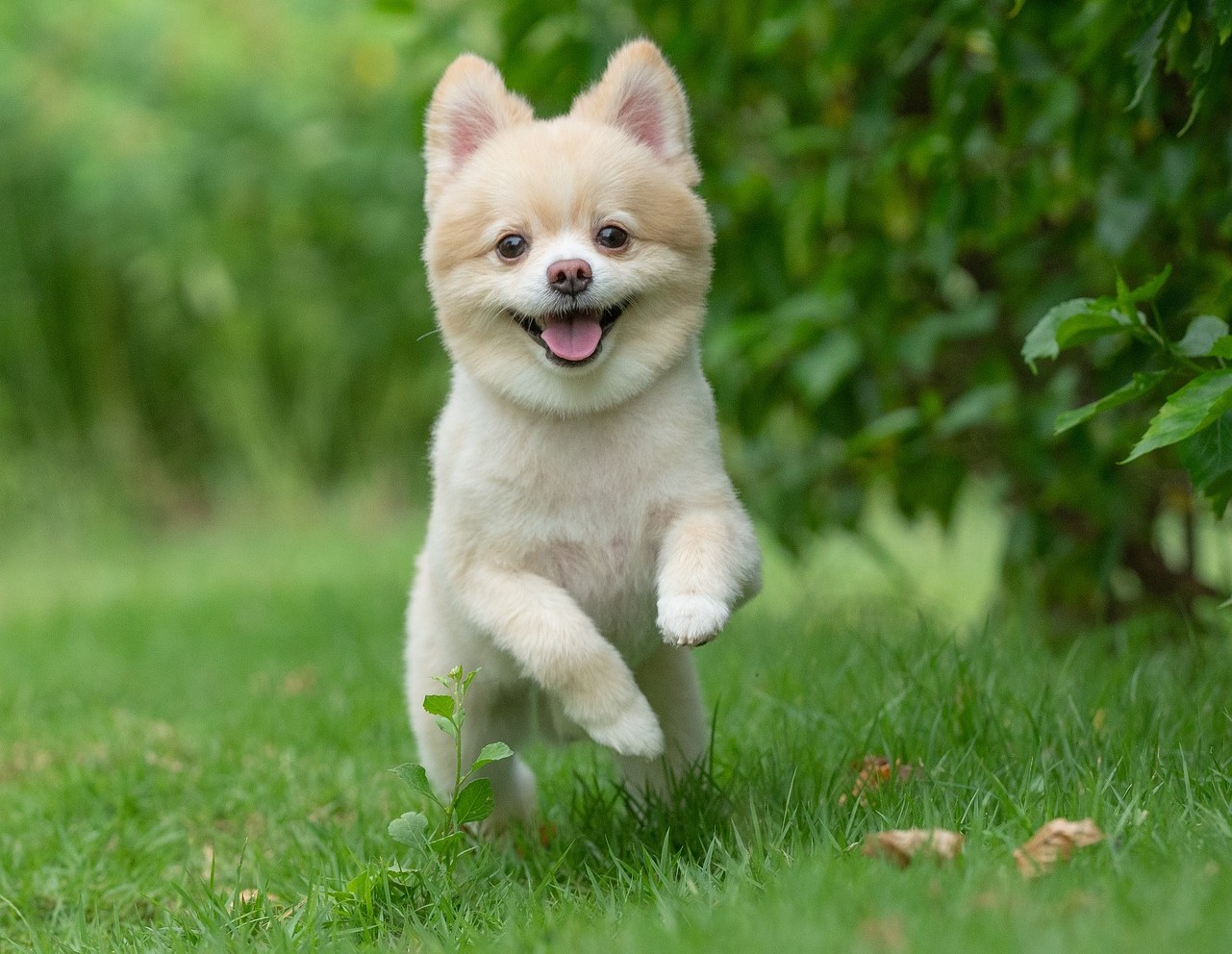A backyard serves as a haven for our canine companions, offering them a space to explore, play, and bask in the outdoors. Designing a safe and enriching environment is crucial for your dog’s well-being. In this comprehensive guide, we will explore key elements and considerations in creating a secure backyard for your furry friend, prioritizing optimal pet care and dog health.
Secure Fencing
The foundation of a safe backyard lies in secure fencing. A well-constructed fence not only provides a physical boundary but also prevents your dog from wandering into potential hazards. Consider the following aspects when choosing or installing a fence:
Height and Material:
- Opt for a fence with sufficient height to prevent your dog from jumping over.
- Choose materials that withstand weather conditions and your dog’s activity level.
Gaps and Digging Prevention:
- Ensure there are no gaps or openings in the fence that your dog can squeeze through.
- Consider digging prevention measures like extending the fence below ground level or placing rocks along the base.
Pet-Friendly Plants
Landscaping plays a crucial role in both the aesthetic appeal and safety of your backyard. However, not all plants are safe for dogs, and some can be toxic. Prioritize dog-friendly landscaping by:
Researching Toxic Plants:
- Identify plants that are toxic to dogs and avoid incorporating them into your landscaping.
- Common toxic plants include azaleas, oleander, and certain varieties of lilies.
Choosing Pet-Safe Alternatives:
- Opt for dog-friendly plants like lavender, sunflowers, or pet grass.
- Create designated areas for your dog to dig or explore without harming the plants.
Safe Play Zones
Designating specific play zones within your backyard ensures that your dog has a designated space for exercise and enjoyment. This helps in maintaining a structured environment and contributes to both physical and mental well-being.
Pet-Safe Toys:
- Provide a variety of toys that are safe for your dog to chew, fetch, and interact with.
- Regularly inspect toys for wear and tear to prevent choking hazards.
Comfortable Shelter:
- Ensure your backyard has shaded areas or a doghouse where your pet can retreat from the sun.
- Consider the climate of your region and provide adequate shelter during adverse weather conditions.
Dog-Friendly Ground Cover
The type of ground cover in your backyard can significantly impact your dog’s comfort and safety. Choose materials that are gentle on paws, easy to clean, and do not pose health risks.
Paw-Friendly Surfaces:
- Select grass or soft ground covers to minimize the impact on your dog’s joints and paws.
- Avoid gravel or sharp materials that can cause discomfort or injuries.
Regular Cleaning and Maintenance:
- Clean up pet waste promptly to prevent the spread of parasites and bacteria.
- Regularly inspect the backyard for hazards like sharp objects or toxic substances.
Pest Control
Pest control is a vital aspect of creating a safe backyard for your dog. Fleas, ticks, and other parasites not only pose health risks to your pet but can also transmit diseases. Implement preventive measures such as:
Regular Veterinary Checks:
- Schedule routine veterinary check-ups to monitor and address any pest-related concerns.
- Discuss suitable flea and tick prevention methods with your veterinarian.
Natural Repellents:
- Use pet-safe, natural repellents like neem oil or eucalyptus to deter pests.
- Avoid chemical treatments that may be harmful to your dog’s health.
Secure Water Sources
Water sources in your backyard should be safe and easily accessible for your dog. Hydration is crucial, especially during hot weather, and ensuring the water is clean prevents the risk of waterborne illnesses.
Clean Water Bowls:
- Provide fresh and clean water in bowls that are easily accessible to your dog.
- Regularly clean water bowls to prevent the growth of harmful bacteria.
Secure Pool Areas:
- If you have a pool, ensure your dog cannot accidentally fall in and provide a safe exit point.
- Introduce your dog to water gradually and monitor their comfort level.
Dog-Friendly Paths and Walkways
Creating designated pathways and walkways in your backyard not only enhances its aesthetics but also contributes to dog health. Well-maintained paths prevent tripping hazards and make it enjoyable for your dog to navigate the space.
Smooth and Even Surfaces:
- Ensure paths are smooth and even, preventing tripping hazards for your dog.
- Avoid materials like loose gravel that can be uncomfortable for sensitive paws.
Proper Lighting:
- Install adequate lighting to ensure visibility during the evening or night.
- Illuminated paths prevent accidents and contribute to a safe environment.
Crafting a safe backyard for your dog is a labor of love that significantly contributes to their overall well-being. Prioritizing elements such as secure fencing, pet-friendly plants, and safe play zones establishes an environment where your dog can thrive physically and mentally. Regular veterinary check-ups, pest control measures, and access to clean water further contribute to optimal pet care and dog health.
As a responsible pet owner, ongoing attention to the needs and safety of your dog in the backyard ensures a harmonious living space where both you and your furry companion can enjoy the outdoors together. By incorporating these considerations, you not only create a safe haven for your dog but also strengthen the bond between you and your canine friend, fostering a loving and fulfilling relationship.

